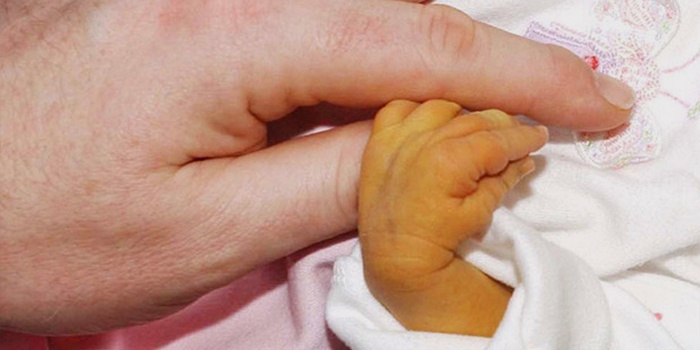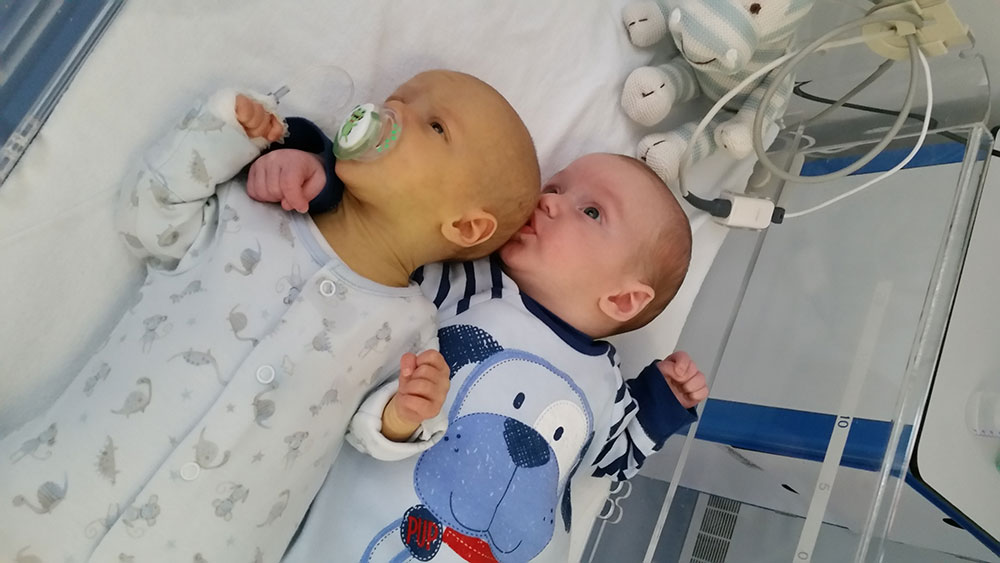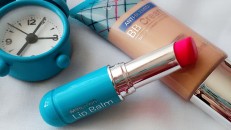Treatment of jaundice in infants

The treatment of jaundice discomfort in infants varies according to the cause and degree of jaundice (bilirubin value on the blood). However, there are common treatment methods that are used to lower the level of indirect bilirubin regardless of the cause of the hull. In order to reduce indirect bilirubin, phototherapy method, blood exchange or drug treatment method is applied according to the causes of the hunger.
Breast-feeding is important to the treatment of jaundice
The best way to treat jaundice in infants is to breastfeed. Studies have shown that there is a direct link between the height of the bilirubin level and breast feeding. In infants who are malnourished and have low calories, water loss of the body plays an important role in the formation and progression of the hernia. Increasing the frequency of babies’ breastfeeding reduces the level of bilirubin and prevents the formation of hirsutism. It is recommended that the baby be breastfed 8 to 12 times a day.
Liquid Loss Prevention
Fluid loss (dehydration) in babies occurs at the expense of malnutrition, which leads to embarrassment. The most natural and effective way to prevent this is to feed the baby frequently and to provide adequate nutrition. If the mother’s milk is not enough, you can use the doctor’s advice and additional nutrients to prevent the baby’s loss of fluid and to get around the baby’s hood.
Phototherapy (Radiation Therapy)
Phototherapy is a commonly used method for the treatment of jaundice in infants. Phototherapy treatment is applied in jaundice due to high level of indirect bilirubin. This treatment is the first choice of the majority of jaundice disorders seen in infants. However, phototherapy treatment is not performed in jaundice resulting from biliary obstruction. It is also possible to apply the phototherapy method at home with doctor advice.
Blood Exchange
Another method of treating jaundice in infants is blood exchange. Although this method is effective, it is a treatment that is more likely to have side effects. This method is used in cases of indirect bilirubin reaching high enough to harm the baby or in jaundice resulting from blood incompatibility.
Medication
There are several drug groups used in jaundice disorders in newborn infants. These drugs either increase the efficacy of the enzyme glucuronyl transferase in the liver, allowing indirect bilirubin to turn into direct bilirubin and accelerate its excretion or reduce the absorption of bilirubin in the intestines. The use of the drug should be adhered to as recommended by the doctor if necessary.





























